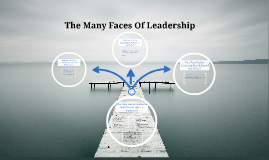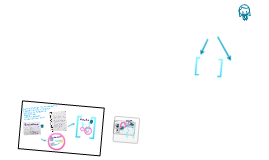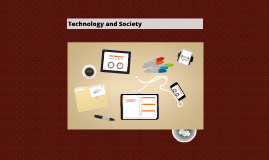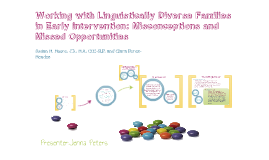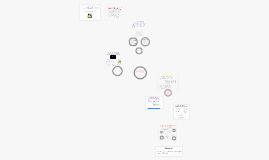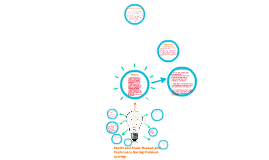Article Presentation
Transcript: Article Presentation Uncovering the many misconceptions of Dyslexia - D. Culbertson Created By: Nicole Malakuskie The eitology of dyslexia is the basis of Culbertson's article, Uncovering the many misconceptions of dyslexia (2011-2012). She believes that, "despite the information available, some of the accommodations used by schools are based on faulty myths about the nature of dyslexia. core difficulty is with word recognition and reading fluency, spelling, and writing. typically very intelligent and creative can have low self-esteem confuses numbers excellent long-term memory for experiences, locations, & faces poor memory for sequences, facts and information not experienced. Culbertson, D. (2011-2012) Uncovering the many misconceptions of dyslexia. CEDAR Yearbook, 51-65. y He tells his story as a junior in high school reading at a 4th grade level. " Maybe he just can't read and doesn't know what's wrong. Maybe he's scared, LIke I was." (p.575) " I can't find the words to express how bad it really was. I wanted to die. I'd come home from school screaming, "I'm dumb, I'm dumb - I wish I were dead!" (p.575) Your thoughts? Where do you think dyslexic students should be placed? According to the State of Texas, the best intervention means to adhere to the information-processing model of teaching reading; it is systematic, cumulative, and systemic ( as cited in Culbertson 2011-2012). All instruction is based on word and phonemic/grapho-phonemic skill building, as well as multi-sensory instruction in the way our language works (cited in Culbertson 2011-2012). visual deficit English language v. others Studies were conducted in Norwegian, Swedish, and Chinese. not due to complexity of language Dyslexia is a specific learning disability that is neurological in origin. It is characterized by difficulties with accurate and/or fluent word recognition and by poor spelling and decoding abilities. These difficulties typically result from a deficit in the phonological component of language that is often unexpected in relation to other cognitive abilities and the provision of effective classroom instruction. Secondary consequences may include problems in reading comprehension and reduced reading experience that can impede the growth of vocabulary and background knowledge. So what are the learning characteristics of dyslexia? X I believe that our attitude towards our students is paramount in their self-esteem and ability to succeed. If we don't don't believe they can learn to read, why would they? Section 504 of civil rights code Protects the student with dyslexia from placement into a low-level class because of their reading disability (as cited in Culbertson 2011-12) Tests extended time on tasks books on tape buddy-readers books with highlighted text verbal deficit Cited by Culbertson (2011-2012) According to the International Dyslexia Association (2002), The exact causes of dyslexia are still not completely clear, but anatomical and brain imagery studies show differences in the way the brain of a person with dyslexia develops and functions. Placement colored overlays contrast systems in the eyes Mears-Irlen Syndrome (MIS) What causes Dyslexia? James Gee (1998) proposes we should be moving into a social more interactive practice of literacy . . . When the class uses a social network of readers, the dyslexic student stays in the classroom and experiences joys of reading and learning with their classmates (as cited in Culbertson 2011-2012). Culbertson (2011-2012) believes, "What we are beginning to understand is that students need educators to create dialogue between students, teachers, and researchers to provide appropriate delivery of classroom instruction". regular classroom resource room intervention program Arguments? So what is the best Intervention for dyslexia? On Being Seventeen, Bright, and Unable to Read By: David Raymond students will voice record writing and then type them accept mind maps rather than essays extended time As educators, what should we do? ? According to Scarborough (2005), expressive language interacts with basic reading skills. In classroom instruction, the use of language and the social environment of the classroom in an advantage for students with dyslexia (as cited in Culbertson 2011-2012). D What is sle i Reading Tasks http://www.region10.org/dyslexia/Documents/DyslexiaHandbook11-10-2010.pdf I also feel that we MUST educate ourselves on the disability at hand and view it from our students' perspective in order to be able to appropriately and accurately educate them. “I was, on the whole, considerably discouraged by my school days. It was not pleasant to feel oneself so completely outclassed and left behind at the beginning of the race.”- Winston Churchill (The International Dyslexia Association, 2002) window bookmark the way eyes move through text dyslexia readers were found to have impairments Does is cause dyslexia? Is it an effect of having dyslexia? What are the best modifications for






